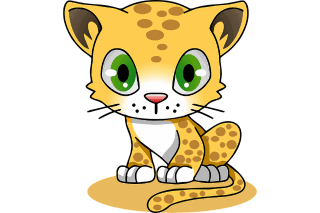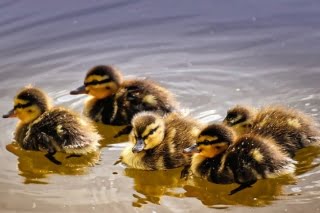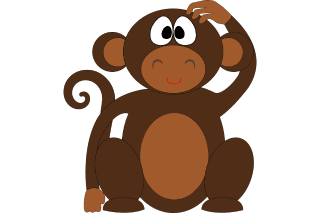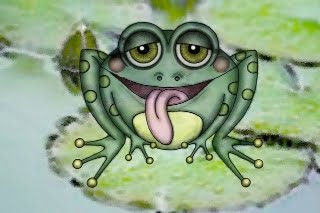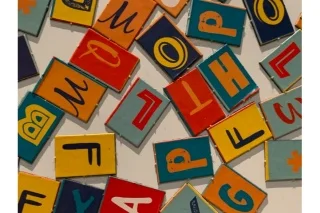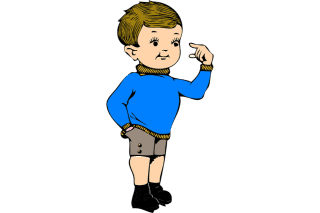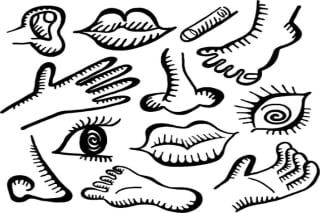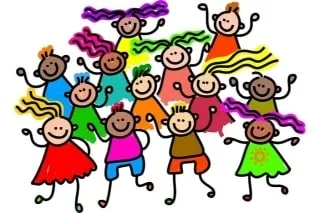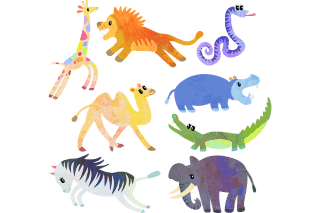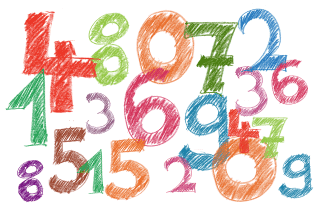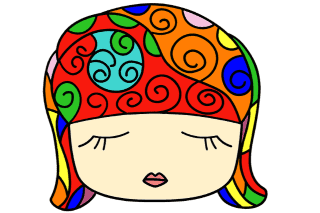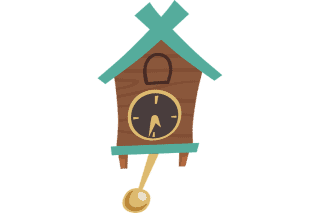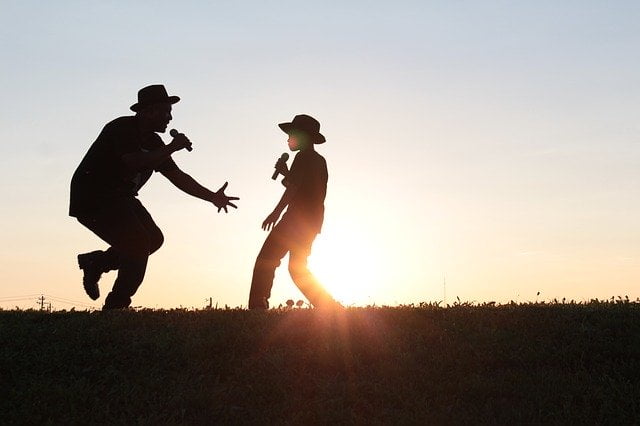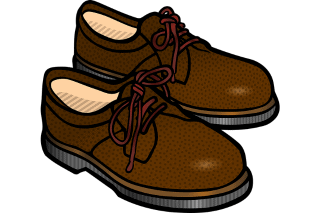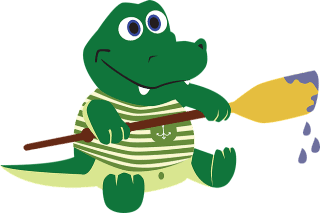
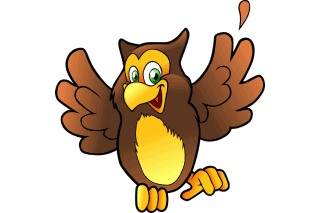
A Wise Old Owl
“A Wise Old Owl” is a old traditional rhyme from USA. It was first mentioned by John D. Rockefeller at the beginning of the 20th century. It has a Roud Folk Song Index number of 7734 and in The Oxford Dictionary of Nursery Rhymes, 2nd Ed. of 1997, as number 394. The rhyme is an improvement of a traditional nursery rhyme “There was an owl lived in an oak, wisky, wasky, weedle.”
It is a short rhyme with an important message.The owl in this nursery rhyme is believed to be a symbol of wisdom. It is a very simple rhyme to learn for children and it can a successful tool to teach children the virtue of silence.
The owl is especially associated with wisdom in Greek mythology being linked with Athena, the Goddess of Wisdom. Athens is named from the Goddess Athena and its emblem is the owl. The owl was, for many years, viewed as a sinister bird only hunting at night when only evil spirits and witches were abroad.
“A Wise Old Owl” Lyrics
A wise old owl lived in an oak.
The more he saw the less he spoke.
The less he spoke the more he heard.
Why can’t we all be like that wise old bird?
The lyrics of “A Wise Old Owl” describe the wise and dignified behavior of an old owl, with each verse emphasizing a different aspect of the bird’s personality and behavior. The subsequent verses of the rhyme follow a similar pattern, describing the owl’s keen vision, quiet demeanor, and thoughtful nature. The rhyme ends with a reminder to children that they can learn from the owl’s example and strive to be more wise and thoughtful in their own lives.
- wise old owl poem lyrics
- a wise old owl story
- wise old owl poem meaning
- wise old owl meaning in hindi
- wise old owl poem author
- the wise owl story author
- there was a wise old owl who lived up in a tree
- wise old owl sat on an oak the more he saw
- the wise old owl full story
- a wise old owl rhymes
- there was a wise old owl poem
- The wise old owl story history
- a wise old owl poem printable pdf
Frequently asked questions (FAQ's) based on “A Wise Old Owl”
Answer : The owl generally referred to as the “owl of Athena” or the “owl of Minerva” which is used as a symbol of knowledge, wisdom, perspicacity throughout the Western world.
Answer : The owl called a wise because the more he saw the less he spoke and the less he spoke the more he heard.
Answer : The old owl is very wisely teaching to the children that we should speak wisely or less.
Answer : In the rhyme the author is giving the message that we should we wise like owl as the wise old owl sat in an oak, The more he heard, the less he spoke and the less he spoke, the more he heard.
Answer : Owls appearances are attached to the different meanings in the world. Owls are generally seen as messengers from the spirit world to humans.
Answer : Owls return to their resting place after doing hunting at night.
Answer : The wise old owl was living on an oak tree.
Answer : This rhyme is giving very useful message to the children that we should speak less then we hear or saw. This habit will increase our wisdom.
Some more details based on “A Wise Old Owl”
“A Wise Old Owl” is a children’s nursery rhyme that has been popular for many generations. The rhyme is believed to have originated in England, and it has since become a beloved classic of children’s literature around the world.
The melody of this rhyme is simple and catchy, making it easy for children to sing and remember. The rhyme is often used in educational settings to teach children about the importance of listening, observing, and thinking before speaking.
In addition to its educational value, “A Wise Old Owl” is also a beloved cultural artifact that has been adapted and modified in many different ways over the years. The rhyme has been incorporated into children’s books, songs, and cartoons, and it has even been used as the basis for humorous jokes and puns.
Overall, “A Wise Old Owl” is a timeless and beloved children’s rhyme that has stood the test of time and continues to be enjoyed by children and adults around the world. Its simple message of wisdom and thoughtfulness is as relevant today as it was when the rhyme was first created, making it a valuable and enduring part of children’s literature and culture.
- a wise old owl lyrics
- a wise old owl story
- wise old owl poem meaning
- wise old owl meaning in hindi
- wise old owl poem author
- the wise owl story author
- a wise old owl nursery rhyme
- there was a wise old owl who lived up in a tree
- wise old owl sat on an oak the more he saw
- the wise old owl full story
- a wise old owl rhyme lyrics
- there was a wise old owl poem
- The wise old owl story history
- a wise old owl poem printable pdf
Some activities for children's based on "A Wise Old Owl"
- Owl Craft: Provide children with brown construction paper, googly eyes, and feathers. Show them how to cut out owl shapes from the paper and then glue on the eyes and feathers to create a textured and colorful owl. Once they are finished, they can display their owl or use it as a greeting card for a friend or family member.
Note: This activity promotes creativity, imagination, and fine motor skills as children use their hands to cut out the owl shapes, manipulate the feathers, and glue them onto the paper. It also encourages children to explore texture and color, and can be a fun way to teach them about different types of birds and animals.
2. Owl Hoot: Play a game where one child is the owl and the others are mice. The owl sits in the middle of the room with their eyes closed and the mice move around the room. The owl calls out “Hoot, hoot, hoot!” and the mice freeze. The owl then tries to catch the mice by tagging them.
Note: This activity can be a fun way to get children moving and encourage them to work together as a group while also developing their listening skills and ability to follow directions.
Related links
Categories
Other popular rhymes
Other related keywords and search's
- a wise old owl poem lyrics
- a wise old owl poem meaning
- a wise old owl meaning in hindi
- a wise old owl poem author
- there was a wise old owl who lived up in a tree
- a wise old owl sat on an oak the more he saw
- a wise old owl nursery rhyme
- a wise old owl rhymes
- there was a wise old owl poem
- a wise old owl poem history
- the wise old owl poem analysis
- a wise old owl poem printable pdf



